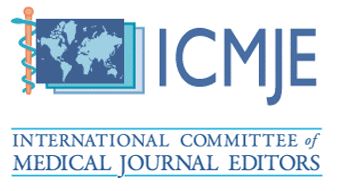Autonomic Dysreflexia with Concurrent Orthostatic Hypotension: A Clinical Approach Dilemma
DOI:
https://doi.org/10.51200/bjms.vi1.3747Keywords:
spinal cord injury, autonomic dysreflexia, orthostatic hypotensionAbstract
Background and aim: Autonomic dysreflexia (AD) commonly occurs in high cervical spinal cord injury (SCI) patients. However, concurrent orthostatic hypotension (OH) makes the management of this condition more difficult. This case report highlighted the complicated condition that creates a dilemma for clinicians to prioritise the management. Methods: A 26-year-old man presented with traumatic cervical SCI C4 ASIA B secondary to C3 – C5 vertebral body fracture underwent anterior corpectomy and fusion. He had frequent episodes of AD in the rehabilitation clinic, presenting with sweating, headache, and high blood pressure (BP) while he was in a wheelchair. No other precipitating factors were identified except for his chronic sacral and ischial wounds. These AD episodes also happened multiple times daily at home with intermittent presyncope attacks. He was given stat doses of Nifedipine during the clinic visits but was never prescribed antihypertensive as no proper BP monitoring was done at home. Nonpharmacological measures for OH were already established. The rehabilitation team educated him on a side-lying position to alleviate his AD symptoms and preventive strategies such as optimal pressure relief with wheelchair cushions and using the reclining function on his motorised wheelchair. Results: He had difficulty achieving independent mobility because he could not tolerate upright sitting without having AD and intermittent OH. Conclusion: OH as a precipitating factor for AD should be considered. The lowest possible dose of antispastic medications for optimum spasm control and consideration of mineralocorticoid drugs for OH management may be helpful. Antihypertensives are commonly used for prophylaxis of chronic recurrent AD. However, its usage may be limited in patients with OH. Prazosin may be an option as studies have shown that it did not excessively lower baseline BP. Pressure mapping and surgical intervention to facilitate chronic non-healing wound closure also should be considered. Chronic recurrent AD with intermittent OH remains a challenging condition in high SCI.
Downloads
Published
How to Cite
Issue
Section
License
The copyright of the article belongs to the authors, who retain ownership of their work published in the journal. Their work is distributed under the CC BY-NC 4.0 license








1.png)




